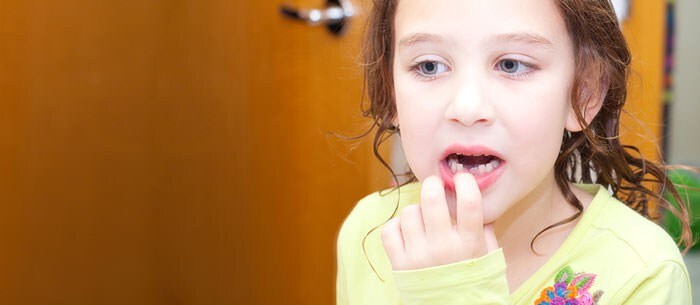The Tooth Fairy: one of the most enchanting figures of modern American mythology. As your child — or the child you nanny or babysit for — grows and starts to loose teeth, this magical, gift-giving character can be one of the most fun and special fantasies to share. On the other hand, there’s a very good chance that some of your child’s friends might not share your imagination.
Here are six tips to keep in mind if and when your child comes home from school with questions about the Tooth Fairys legitimacy.
- Communicate With Other Parents
Most of the time children are encouraged to doubt the Tooth Fairy’s existence by their peers. Talk with other parents or caregivers about how they’re discussing the Tooth Fairy with their children. If you want your own child to hold on to the magic, ask parents who are dispelling the truth to have their children keep that information to themselves.And vice versa. If you want to share “the truth” with your kids, give other parents a heads up about your plans to prevent any dramatic interactions.
- Keep Sitters in the Loop
Parents and caregivers should talk about how to handle these types of common questions from kids — what should the sitter say? Make sure everyone is on the same page about expectations, so the kids aren’t hearing different things from different adults.“Losing teeth is a very important rite of passage. It serves as a concrete way for children to see that they are growing and changing,” according to child behavior expert Vanessa Kahlon. Parents should probably be the ones having the ‘Tooth Fairy Conversation’ with kids.
For example, if children ask a babysitter or nanny about things like the Tooth Fairy, Santa or “the birds and the bees,” they can respond with something like: “That sounds like a question for your parents.”
- Don’t Be Afraid to Prolong the Magic
Believing in the Tooth Fairy, Easter Bunny, Santa Claus, ghosts, leprechauns and other gift-giving characters is wonderful way for your child’s imagination to grow. Don’t be pressured into having them grow up early. There’s nothing wrong with wanting your child to believe in magic.
- Consider Your Child’s Age
It can be difficult to determine an appropriate age to tell your child the truth about the Tooth Fairy. Children typically start to question whether the Tooth Fairy is real between the ages of 4 and 7. If your child is younger than 4, it might be wise to conceal the truth for a little while longer.
- Give a Tooth Fairy History Lesson
If you’ve let the cat out of the bag and your child is heartbroken, or even if you want to broaden your imaginative son or daughter’s fascination with the Tooth Fairy, consider teaching your child about the tale’s legacy. Throughout history and all around the world, there have been many different incarnations of the Tooth Fairy. In countries such as Russia, New Zealand and Mexico, it’s a rat or mouse who does the overnight money-for-teeth exchange. Check out the movie Tooth Fairy, a fun, cute PG flick about a hockey player forced to moonlight as the Tooth Fairy.
- Be in Tune With Your Child
Everybody has a different capacity for suspending disbelief in fictional characters — including kids. Gauge your child’s aptitude for imagination, and let that help you decide whether or not to let them hear the truth about the Tooth Fairy.“There are no strict guidelines on when to tell your child that the Tooth Fairy isn’t real,” says child psychology expert Charlotte Tilson. “Take an individualized approach to responding to your child’s questions about this topic. View these questions as opportunities for conversation. Through them, you can refine your understanding of your child, his or her peer group and their grasp of fantasy vs. reality.”
Julie Morse is a creative arts teacher and freelance writer living in San Francisco. Some of her work can be found here.
